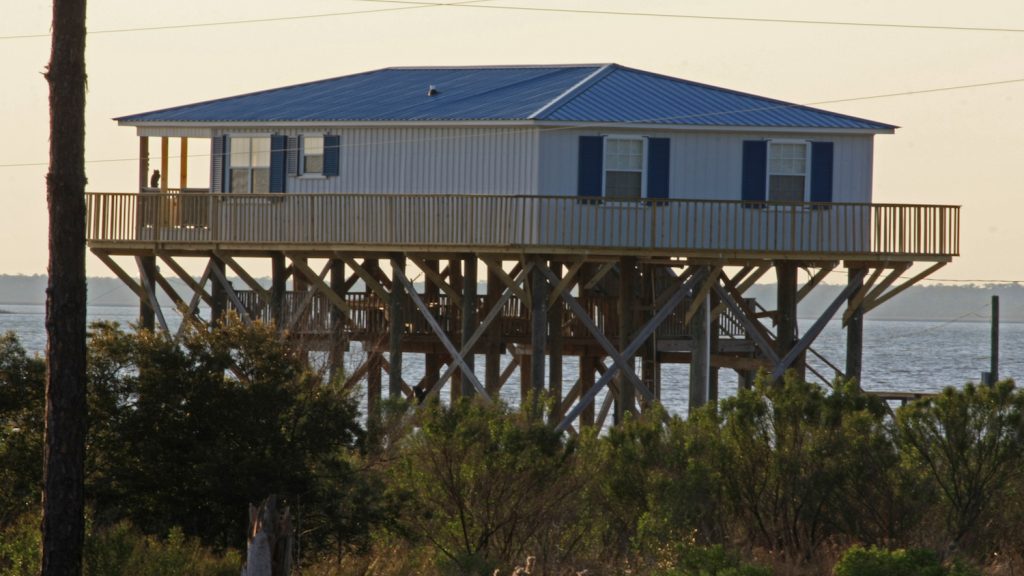Enhancing the Adaptive Capacity of Coastal Wetlands in the Face of Sea-Level Rise and Coastal Development

Principal Investigator: Michael Osland, USGS Wetland and Aquatic Research Center
Project Completion: March 2018. This project has now been completed.
Implements Science Plan Theme: 2, 4, and 5
Overview
Coastal wetlands provide many valuable benefits to people and wildlife, including critical habitat, improved water quality, reduced flooding impacts, and protected coastlines. However, in the 21st century, accelerated sea-level rise and coastal development are expected to greatly alter coastal landscapes across the globe. The future of coastal wetlands is uncertain, challenging coastal environmental managers to develop conservation strategies that will increase the resilience of these valuable ecosystems to change and preserve the benefits they provide. One strategy for preparing for the effects of sea-level rise is to ensure that there is space available for coastal wetlands to migrate inland. In a recent study, we identified areas where coastal wetlands may move inland along the northern Gulf of Mexico coast, one of the most wetland-rich and sea level rise sensitive regions of the world. Building on these findings, this project produced customized landscape conservation-design products focused on identifying landward migration routes for coastal wetlands. The resulting products provide environmental managers with information to make decisions to enhance the capacity of coastal wetlands to adapt to sea-level 2 rise and coastal development, protecting
This project is jointly funded by the South Central Climate Science Center.
